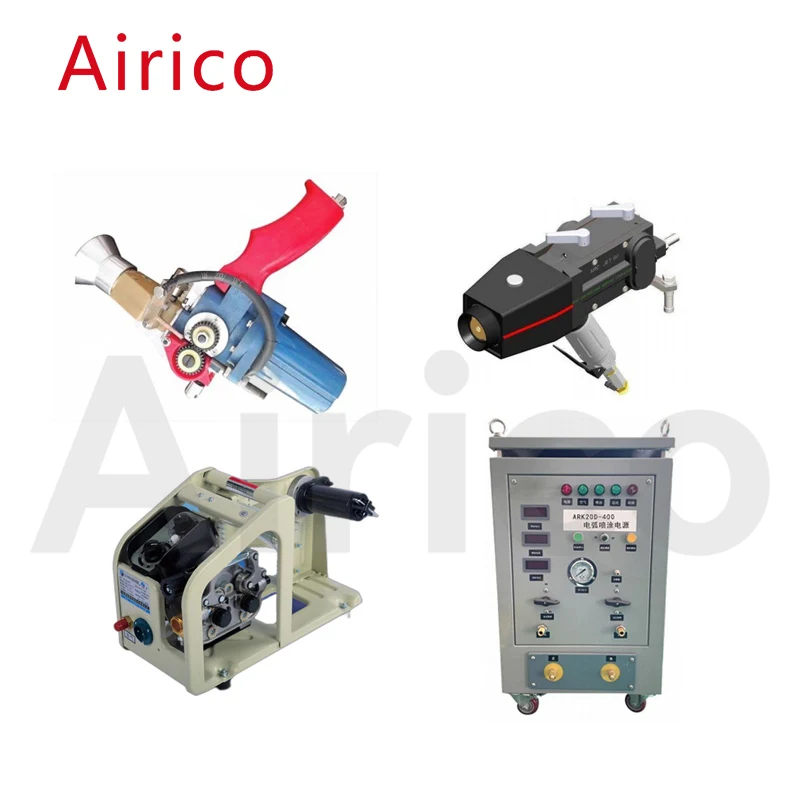Thermal spraying is a versatile surface coating process used to apply a wide range of materials onto various substrates for protective, decorative, or functional purposes. Among the various thermal spray techniques, flame spray and arc spray are two of the most commonly used methods. Each has its unique characteristics and applications, and understanding their differences is crucial for selecting the most suitable technique for a particular project.

Flame spraying, also known as combustion spraying, involves using a high-temperature flame to melt or partially melt the coating material and propel it onto the substrate. The flame is typically generated by mixing oxygen with a fuel gas such as acetylene, propane, or hydrogen. The mixture is ignited in the spray gun, creating a flame with temperatures ranging from 3,000 to 3,300°C (5,430 to 5,970°F).
The coating material can be in the form of wire or powder. In wire flame spraying, the wire is continuously fed into the flame, where it melts and is atomized by compressed air. The molten droplets are then propelled onto the substrate, forming a coating. In powder flame spraying, the powder is gravity-fed to the gun and aspirated through the flame, melting and depositing on the substrate.
Versatility: Flame spray can be used with a wide range of materials, including metals, alloys, ceramics, and plastics.
Portability: Flame spray equipment is relatively portable and can be used in various settings.
Cost-Effective: Flame spray is generally less expensive than some other thermal spray techniques.
Disadvantages
Porosity: Coatings produced by flame spray tend to have higher porosity, which can affect their durability and corrosion resistance.
Lower Bond Strength: The bond strength between the coating and the substrate may be lower compared to other methods.
Arc spray is a thermal spray process that uses an electrical arc to heat and melt the coating material. The material, usually in the form of a wire, is fed through two electrically conductive nozzles that converge to form an arc. The arc melts the wire, which is then atomized and propelled onto the substrate by compressed air.
High Deposition Rates: Arc spray can achieve high deposition rates, making it suitable for large-scale coating applications.
Dense Coatings: Coatings produced by arc spray are typically denser and have fewer pores compared to flame spray coatings.
Good Bond Strength: Arc spray coatings tend to have strong bonds with the substrate.
Limited Material Range: Arc spray is primarily used with metallic materials and may not be suitable for some non-metallic materials.
Equipment Complexity: Arc spray equipment is more complex and requires more maintenance compared to flame spray equipment.
Operator Skill: Achieving optimal results with arc spray requires skilled operators.
The primary difference between flame spray and arc spray lies in their heat sources. Flame spray uses a flame generated by a mixture of oxygen and fuel gas, while arc spray uses an electrical arc to melt the coating material.
Coatings produced by arc spray are typically denser and have fewer pores, providing better corrosion resistance and durability. Flame spray coatings, on the other hand, may have higher porosity and lower bond strength.
Flame spray is more versatile in terms of the materials it can use, including metals, alloys, ceramics, and plastics. Arc spray is primarily limited to metallic materials.
Flame spray is often used for smaller-scale and more intricate coating applications, while arc spray is better suited for larger-scale and higher-volume coating projects.

